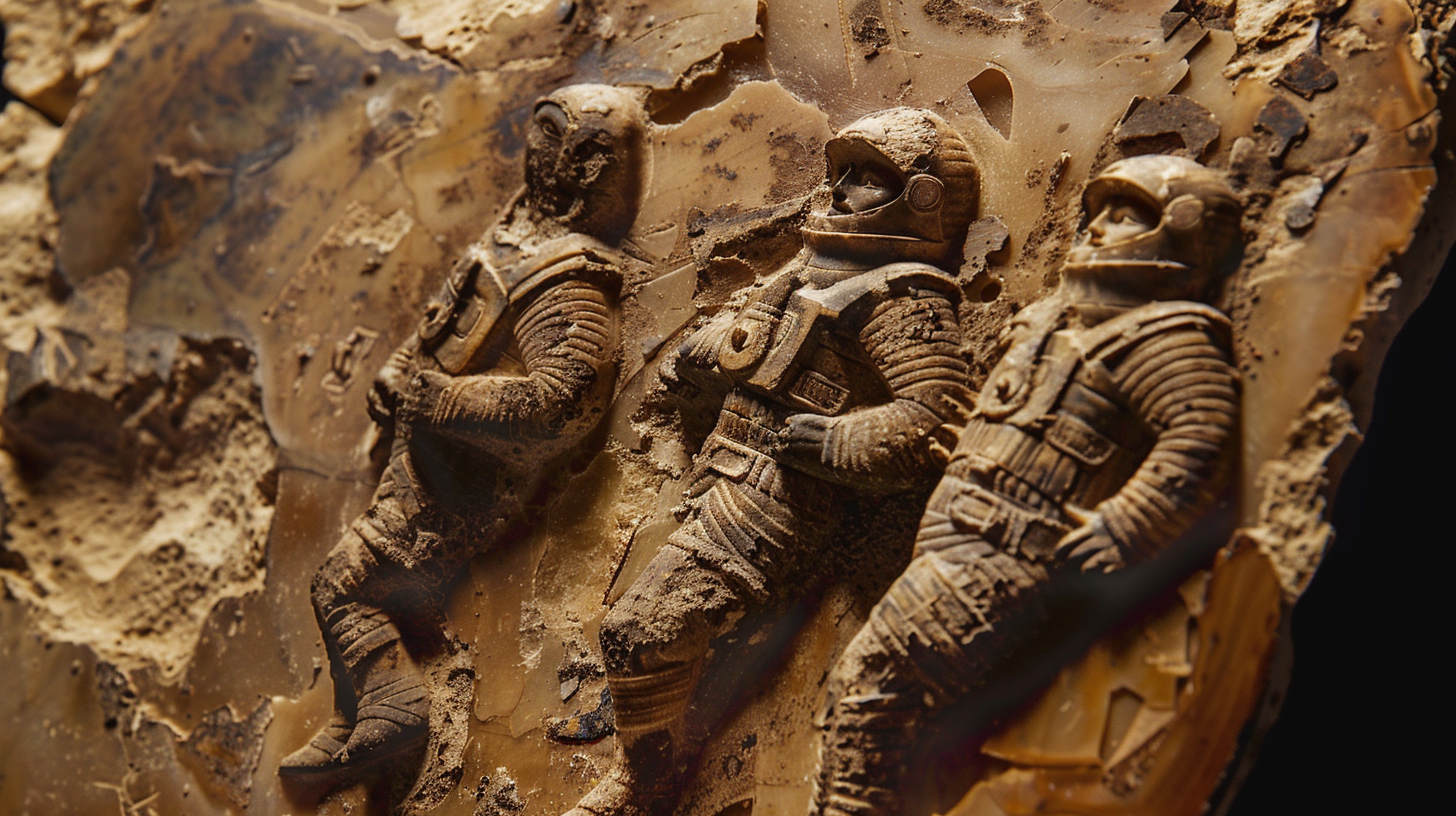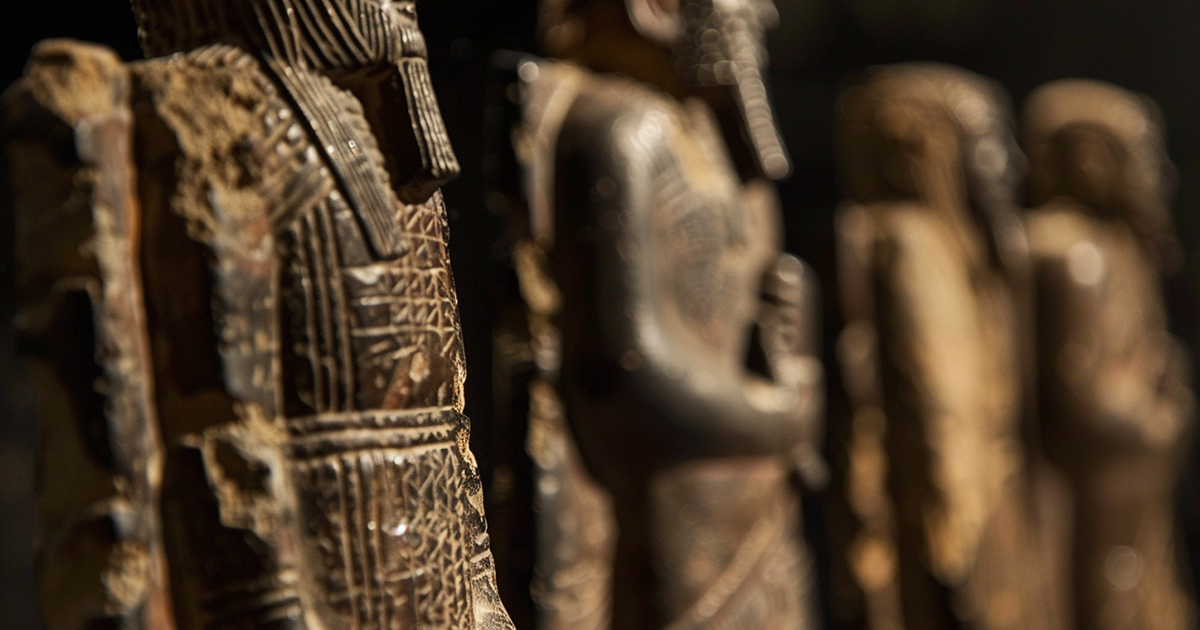Being pioneers of civilization, the ancient Sumerians have imprinted a rich history in human archives, demonstrating progress in writing, mathematics, and governance. A fascinating conundrum awaits scholars within their cultural records – the enigmatic representation of ancient astronauts on Sumerian clay tablets. These mysterious figures, garbed uniquely, spark intense discussions on encounters with beings from distant planets. Are these depictions indeed proof of cosmic visitors, or do they represent symbolic reflections deeply rooted in human legends?
Uncovered in the 19th century by archaeologists in what is now known as Iraq (ancient Mesopotamia), the revelation of Sumerian clay tablets offered insights into Sumerian life, belief systems, and stories. Among these tablets lie portrayals of human-like beings dressed in unconventional attire, reminiscent of modern-day space attire.
Advocates of the ancient astronaut hypothesis argue that these depictions validate encounters with extraterrestrial entities who imparted advanced knowledge to the Sumerians. They emphasize the intricate details of the attire, drawing comparisons to contemporary astronaut equipment such as helmets, gloves, and potential oxygen devices. According to this standpoint, the Sumerians’ accomplishments in astronomy, mathematics, and engineering could be attributed to interactions with these extraterrestrial beings.

Furthermore, proponents of this theory point to Sumerian texts like the Epic of Gilgamesh, which narrate stories of gods descending from the skies in flying vessels. They argue that these stories bear a remarkable resemblance to modern spacecraft, indicating that the Sumerians may have witnessed advanced technology beyond their time.
Nevertheless, skeptics advise against premature conclusions of extraterrestrial origins. They suggest that the depictions on clay tablets symbolize deities or mythical entities rather than literal alien depictions. In ancient Mesopotamian beliefs, gods frequently took on human-like forms, blurring the boundaries between mortals and immortals. Thus, the figures on the tablets might symbolize these mythical beings rather than real extraterrestrial visitors.
Further arguments caution against interpreting ancient remains through contemporary lenses, as it could introduce present-day biases into ancient civilizations. Without tangible evidence like remnants of advanced technology or direct references to alien encounters, the ancient astronaut theory remains in the realm of speculation.
Responding to criticism, advocates highlight other ancient cultures depicting humanoid beings in sophisticated attire, from Egyptian rulers to the Nazca lines in Peru. They argue for a widespread occurrence of civilizations symbolizing encounters with beings from outer space.
While various theories coexist, diverse interpretations of ancient artifacts offer nuanced perspectives. Rather than implying direct contact with aliens, some scholars propose that these depictions signify human ambitions for exploration and transcendence. Thus, the figures on the clay tablets epitomize humanity’s inherent curiosity about the universe and our aspirations to transcend earthly boundaries.
In essence, the discussion on Sumerian clay tablets and ancient astronauts underscores the complexities of deciphering ancient artifacts and the limitations of our understanding. As we explore ancient mysteries, retaining modesty and an open attitude while scrutinizing these relics is crucial. Whether the representations on Sumerian clay tablets genuinely indicate encounters with extraterrestrial beings or mirror the varied tapestry of human mythology, one certainty remains – the quest for knowledge transcends temporal and spatial boundaries, leading us on a journey through history.
